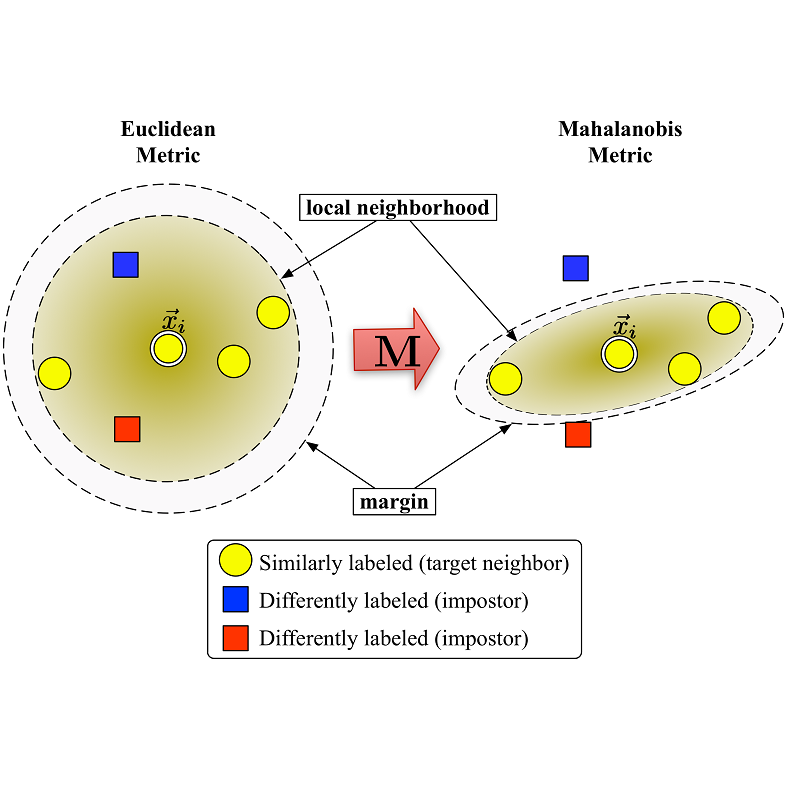Recent studies show that, both explicit deep feature matching as well as large-scale and diverse training data can significantly improve the generalization of person re-identification. However, the efficiency of learning deep matchers on large-scale data has not yet been adequately studied. Though learning with classification parameters or class memory is a popular way, it incurs large memory and computational costs. In contrast, pairwise deep metric learning within mini batches would be a better choice. However, the most popular random sampling method, the well-known PK sampler, is not informative and efficient for deep metric learning. Though online hard example mining has improved the learning efficiency to some extent, the mining in mini batches after random sampling is still limited. This inspires us to explore the use of hard example mining earlier, in the data sampling stage. To do so, in this paper, we propose an efficient mini-batch sampling method, called graph sampling (GS), for large-scale deep metric learning. The basic idea is to build a nearest neighbor relationship graph for all classes at the beginning of each epoch. Then, each mini batch is composed of a randomly selected class and its nearest neighboring classes so as to provide informative and challenging examples for learning. Together with an adapted competitive baseline, we improve the previous state of the art in generalizable person re-identification significantly, by up to 24% in Rank-1 and 13.8% in mAP. Besides, the proposed method also outperforms the competitive baseline by up to 6.2% in Rank-1 and 5.3% in mAP. Meanwhile, the training time is significantly reduced by up to five times, e.g. from 12.2 hours to 2.3 hours when training on a large-scale dataset with 8,000 identities. Code is available at https://github.com/ShengcaiLiao/QAConv.
翻译:最近的研究显示,既明显深层特征匹配,又大规模和多样化的培训数据,都能够显著改善个人再识别的普及程度。然而,在大规模数据中学习深层匹配者的效率尚未充分研究。虽然以分类参数或类记忆学习是一种流行的方式,但需要大量的记忆和计算成本。相比之下,在小型批次中进行双向深层次的深层测试会是一个更好的选择。然而,最受欢迎的随机抽样方法,即著名的PK取样器,并没有为深层次的体格学习提供信息和效率。尽管在线硬实例采矿在某种程度上提高了学习效率,但随机抽样后在小型批次中学习深层匹配者的效率仍然有限。这激励了我们探索在数据取样阶段更早地使用硬实例挖掘工作的效率。为了做到这一点,我们提议了一种高效的小型批次取样方法,称为图表抽样(GS),用于大规模深入的计量学习。基本想法是,在每一类开始时为所有类建立最接近的邻居关系图。随后,每批由随机选择的e-1.8个类到最接近的Sergoal的排序,然后在最接近的排序中进行高层次的排序和最接近的升级的排序的排序的排序中进行升级的模拟培训。我们共同学习,通过了解的排序的排序的排序的排序,以了解情况为基础方法,将获得的顺序的顺序的排序的顺序和最深层次数据,将大大的顺序改进。



